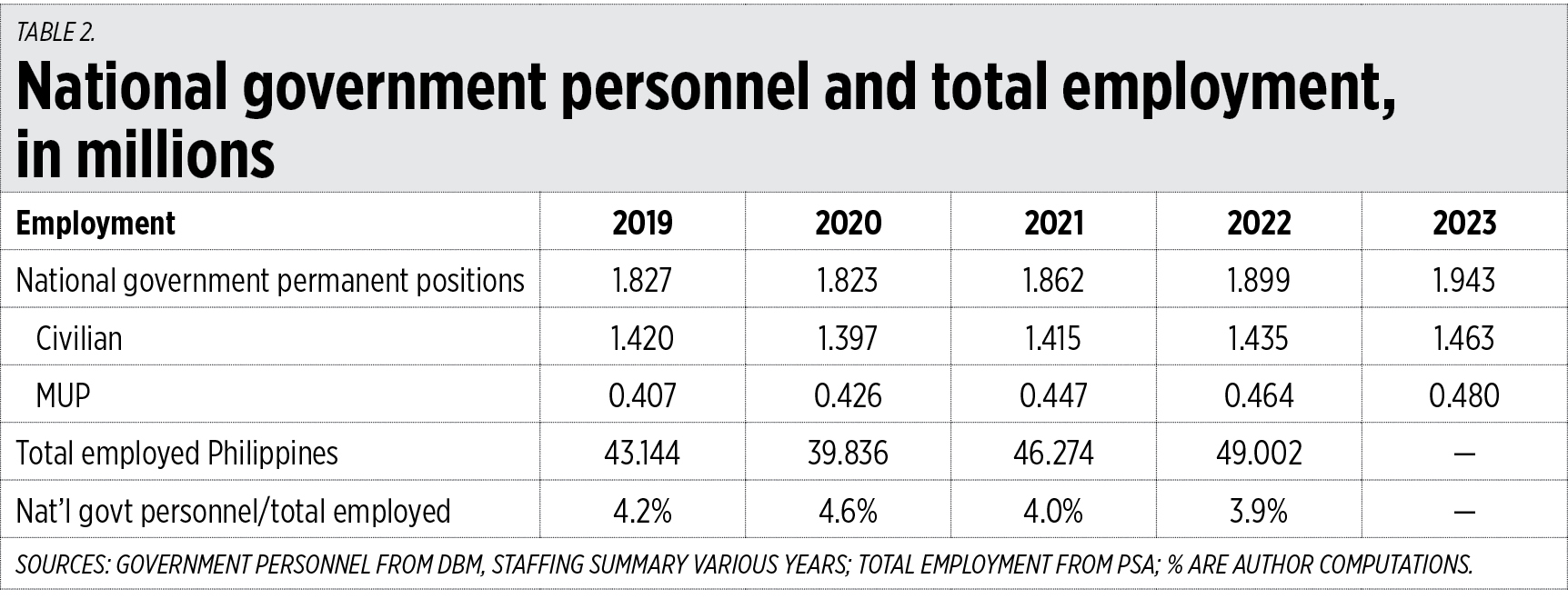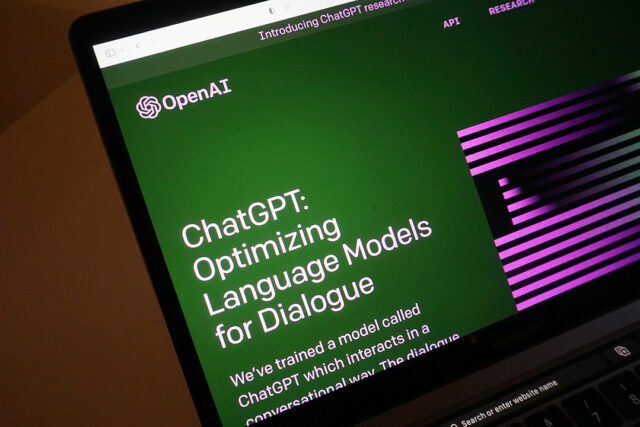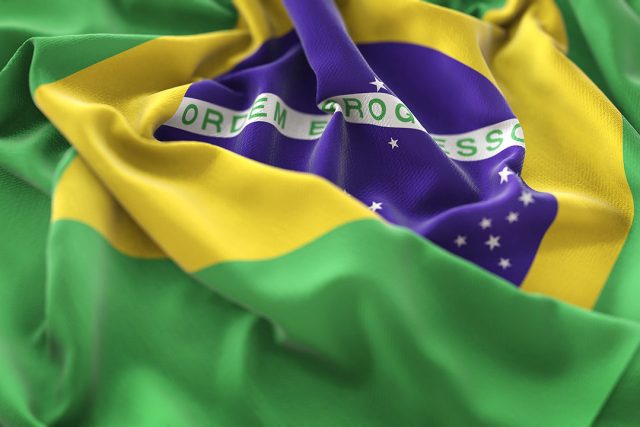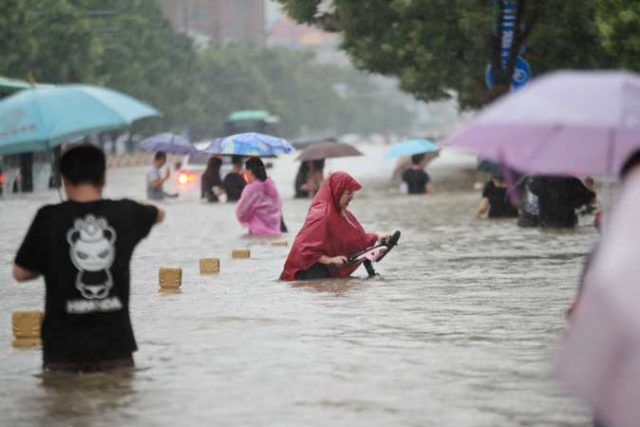Being a director
I remember being asked by my father to attend board meetings and after each meeting, I was only too happy to receive a small envelope with some cash in it. I was 18 and being exposed to what it meant to sit around a table and be a director. You had to sign papers and hardly understood all the discussions but you got exposed. At 24, my father passed away and my older brother took command and took me along to run our business.
Now I know why I was made to sit at that table. It was the start of a journey that I further honed at the Institute of Corporate Directors (ICD) when I was much older. As I got exposed to the people in the business community, specifically the Management Association of the Philippines, I knew there was so much more to learn as a director of a company or even as a governor of an esteemed group like the MAP.
Corporate executives usually do not know where to start their directorship journey. They have the idea that the executive suite is where the action is and they spend decades in the C-Suite while not thinking about the next phase of their career — corporate directorship. Today, it is easy to take a professional directorship program, a course at the ICD, as a basic first step. Consider it an investment in your future career, that of being a corporate director. Whether you pursue a directorship in a nonprofit or publicly listed company, it is a career that will soon pan out and give you options as you go along your professional journey.
But it does not stop at getting a paycheck or transportation allowance (as we received in nongovernment organizations). It is merely the start of another phase, of learning the ropes of business decision-making or handling an endowment, such as a multi-billion peso grant given to you for stewardship.
Both are equally serious responsibilities and no matter what your role in the board is, you need to continue to study the sector, read up on what you are in charge of and learn from your co-directors, too.
I was invited to be in the board of an NGO some years ago and we handled a billion-peso fund that was meant to make a change in the lives of the poorest. That opened up more possibilities for me in the business as I got exposed to social conditions around the country. That also made us found our pioneering social enterprise to give market access to the smallest MSMEs. That is because I was sitting on that board composed of esteemed people in civil society, who gave their time and resources to change lives. The board was composed of experts in finance, community relations, organizing communities, urban poor and other disadvantaged sectors. I was the only entrepreneur for a time but my ideas were welcome.
Your board experience may come from NGOs, homeowners’ associations, a family company or a for-profit owned by a friend or acquaintance. But being a director for any company or association is a learning experience for those starting a career in directorships. While your time will be well-compensated (sometimes just with a small token), it is the experience that is priceless. And like for me who did not have the privilege to go to graduate school, years of board experience may be the equivalent of a masters degree or even more.
But to understand the role of a board director, you need to study and learn that there also are liabilities involved. This is the reality part. Directors may also be liable for decisions made by the board as a collective group.
Our new group of women directors, the NextGen Organization of Women Corporate Directors (NOWCD), will be holding a face-to-face event with no less than former Securities and Exchange Commission (SEC) Chairperson Tess Herbosa on understanding the role of a corporate director on Feb. 27 at the Manila House. Ma’am Tess, as we call her, will tackle this part of the directorship journey. It may be good for you to start your future career by attending this event.
Further, do not think you are too young or too old to be a director. Anybody with some corporate or entrepreneurial experience is a welcome addition to corporate boards. And in today’s discussion about diversity and inclusion, women, youth and subject-matter experts are encouraged to accept invitations to join corporate boards. One is never too new or too old to add value to boards.
I remember this saying at ICD: Add value to your boards. This means speaking up, asking questions and being an active participant in board discussions. It also means reading up and being a good student in your chosen company or cause. One is never too raw or too experienced when you sit on a board. Rather, it is the discussion among different minds that makes a good board — diverse, open and progressive.
Consider the board room as your next destination. You will always have something to contribute to the betterment of a company or organization. Meanwhile, do not count the eggs first. Sometimes, benefits to directors come in kind, and not always in cash. But you will be “paid” for something you already know and can add as a value to your board.
When you step into the big league, there may be more benefits coming your way but, until then, consider it to be a fun learning experience and something to enrich your professional self.
In the meantime, take time to study which boards you may soon want to be part of. It may just happen sooner or later. Be a corporate director. The journey has just started. You did read until this last paragraph.
Sign up now!
Chit U. Juan is a member of MAP’s Diversity and Inclusion Committee and Agribusiness Committee. She is chairwoman of the Philippine Coffee Board and councilor of Slow Food for Southeast Asia.
















